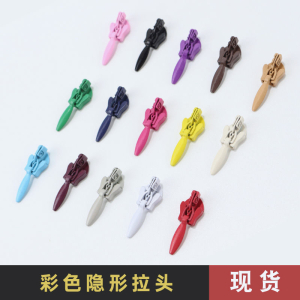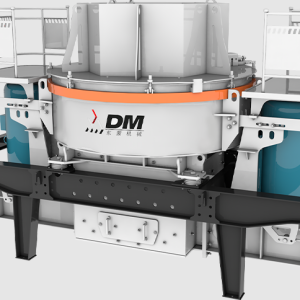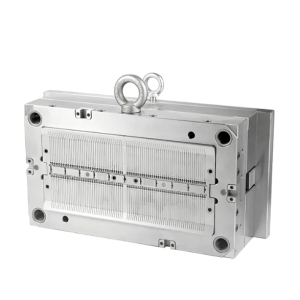BNC breakout boards are essential tools in electronics, particularly for projects involving high-frequency signals and video applications. The BNC (Bayonet Neill-Concelman) connector is widely used in RF (radio frequency) and video systems due to its secure locking mechanism and excellent signal integrity. A BNC breakout board enhances the functionality of these connectors by providing a structured and accessible interface for signal routing and connections.
One of the primary benefits of using a BNC breakout board is the ease of connecting BNC cables to other circuit elements. The breakout board typically features multiple BNC connectors that are linked to various pins or pads on the PCB (printed circuit board). This design allows engineers and technicians to quickly and accurately route signals to and from different components, such as oscilloscopes, signal generators, or amplifiers.
In addition to simplifying connections, BNC breakout boards also improve the organization and reliability of electronic systems. By providing a dedicated area for BNC connections, these boards help prevent signal interference and ensure clean signal transmission. They are invaluable in testing environments where precise signal handling is crucial, as well as in educational settings where clear demonstrations of signal routing and connectivity are needed.
Overall, BNC breakout boards are indispensable for anyone working with RF or video signals. They offer a practical solution for managing BNC connections, enhancing both the functionality and organization of electronic projects.










